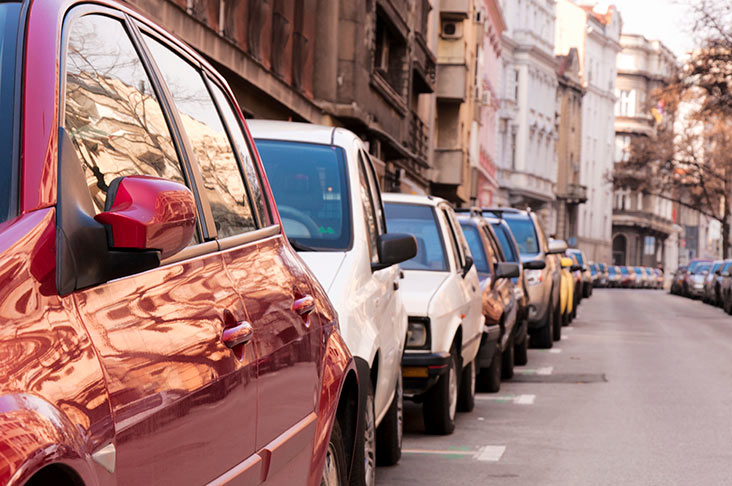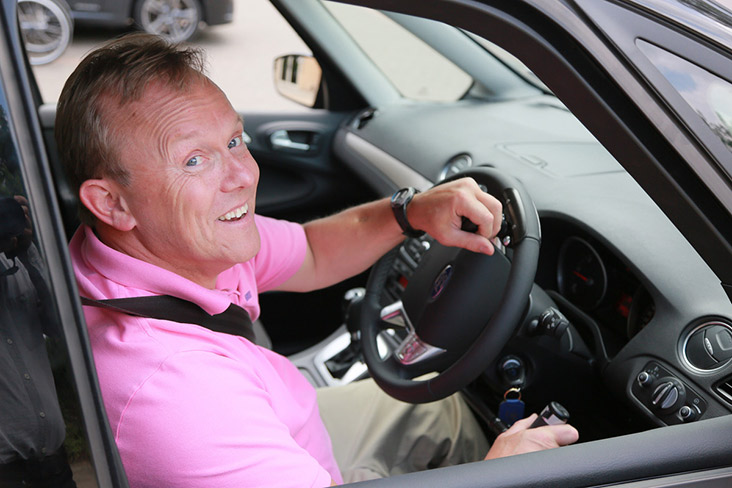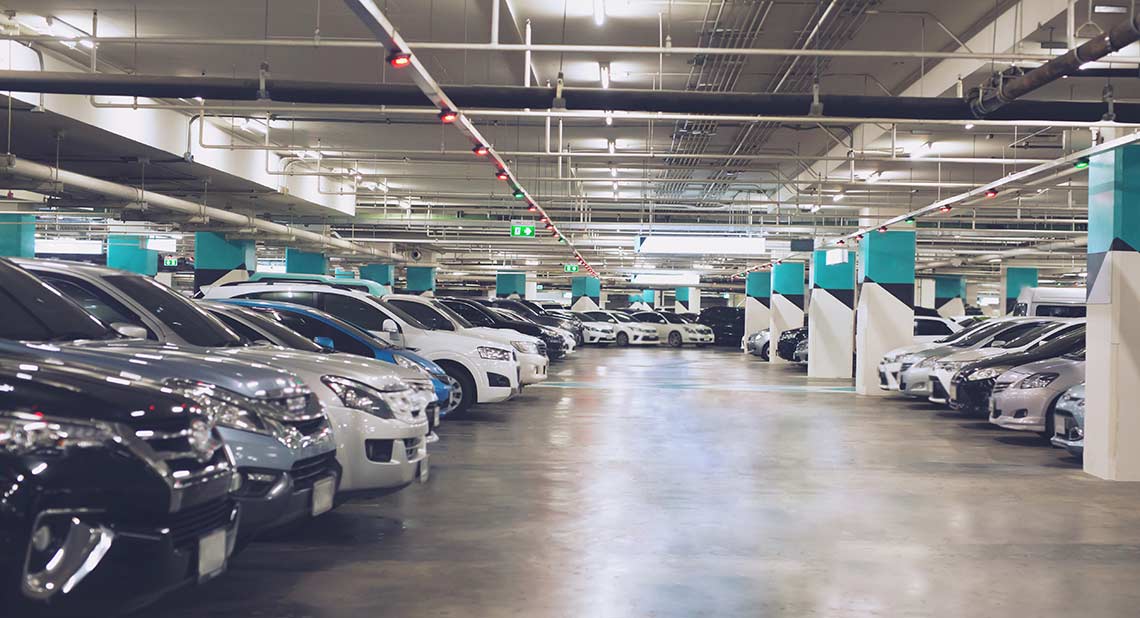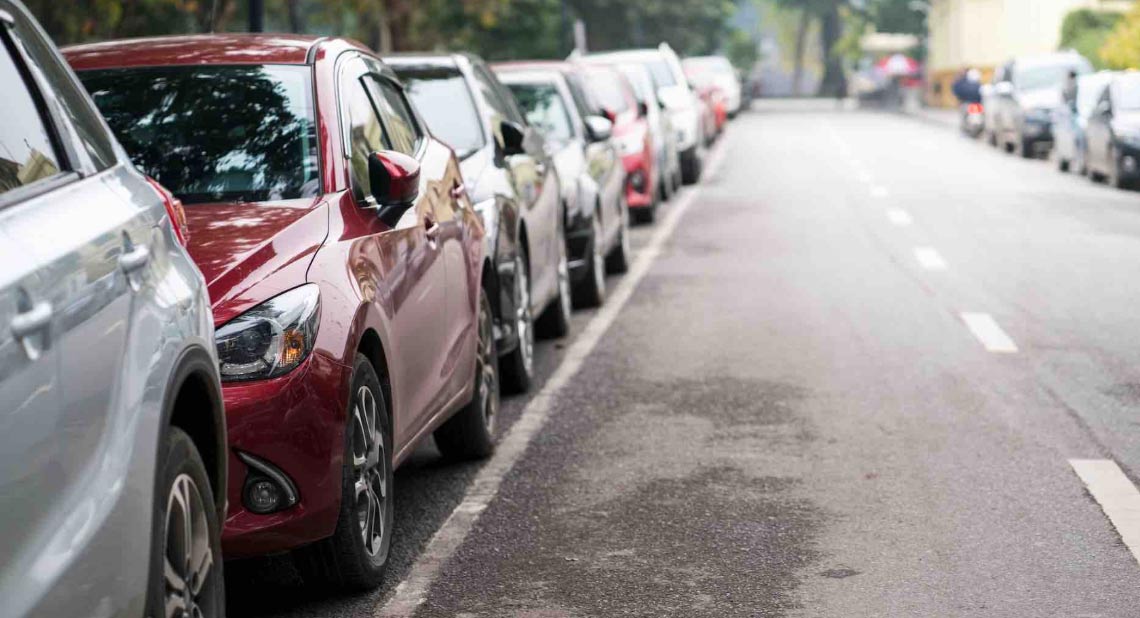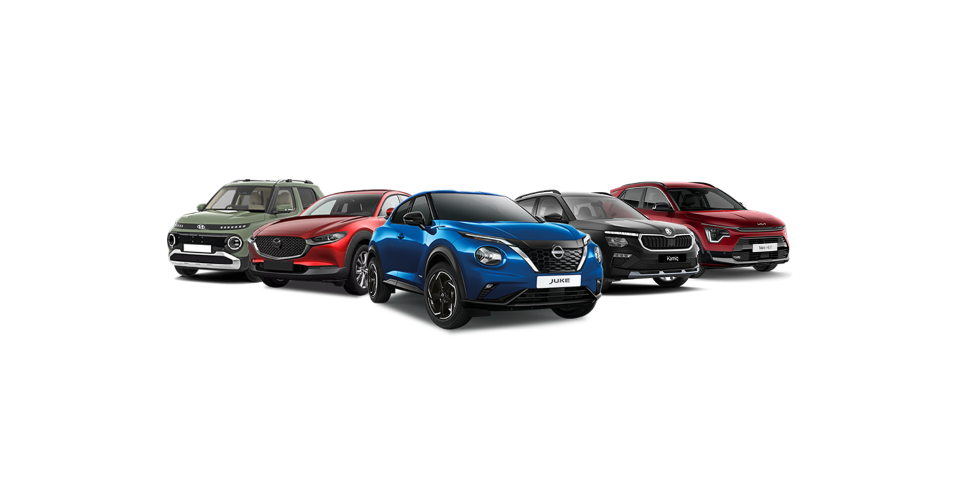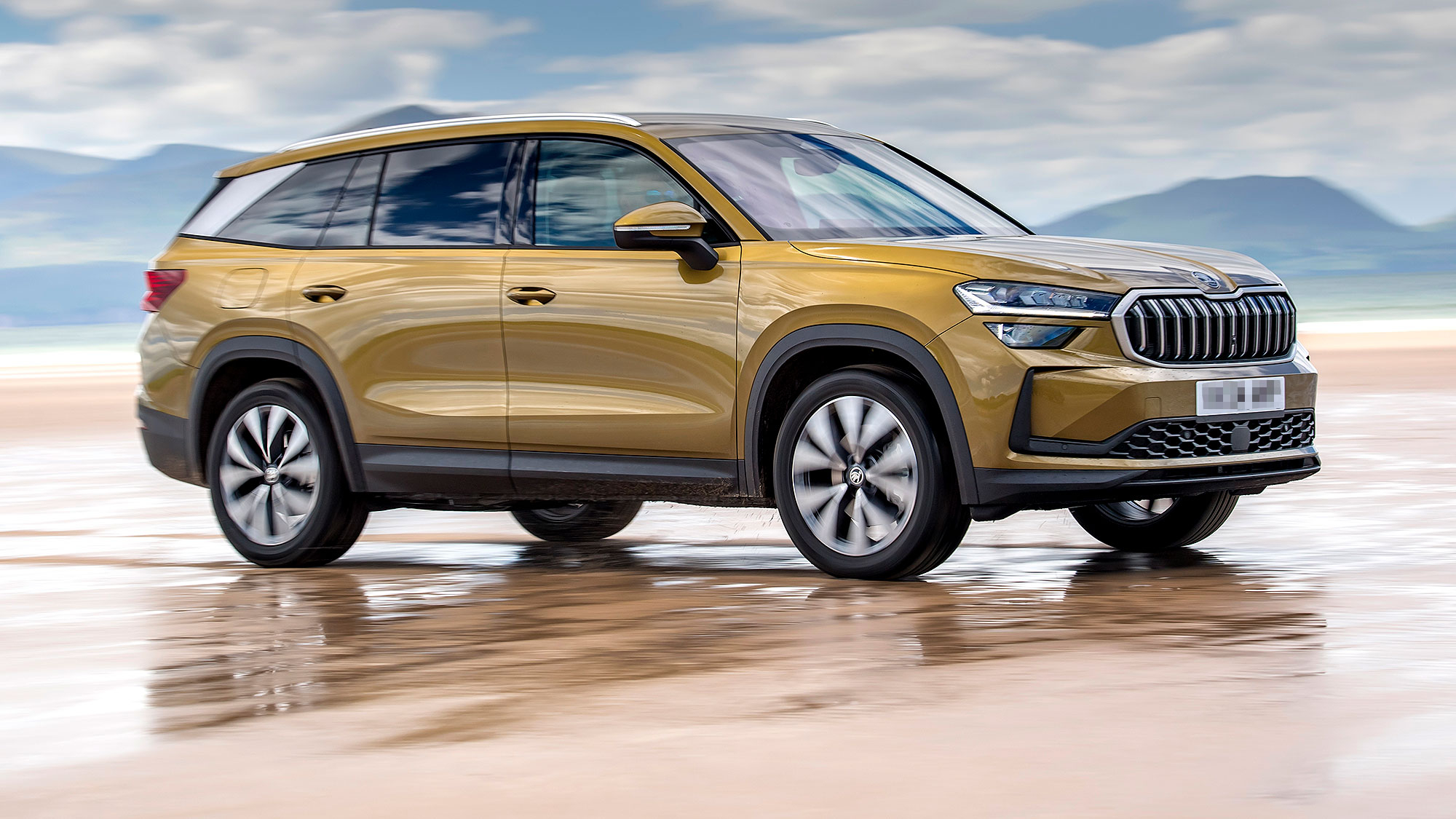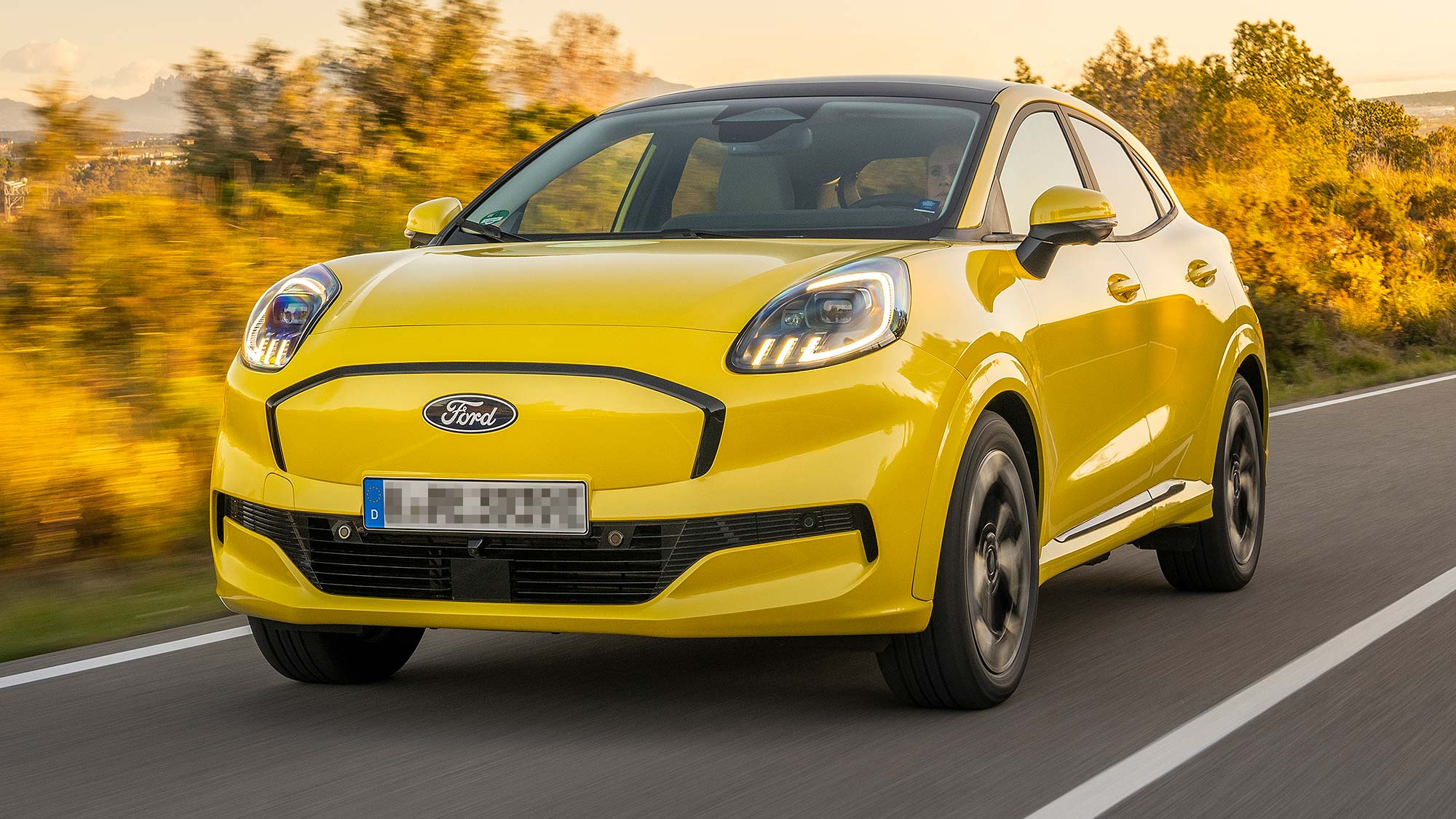Among a whole host of new technologies finding their way into our cars is automatic parking. This remarkable feature has the ability to leave people amazed at the way it can squeeze a car into a tight parking space with minimal effort from the driver. In this article, we explain how it manages to do this and how this technology might evolve in the future.
What is automatic parking?
Automatic parking goes one step beyond the parking sensors that we have come to expect fitted as standard in many modern cars and is designed to take the stress out of difficult parking manoeuvres. We’ve all faced difficult parking challenges before; parallel parking, in particular, can cause stress for drivers, especially those of us with limited mobility. Automatic parking technology helps by finding spaces for us, and then, with a little help from you, parks the car in that space.
How automatic parking works
So how does this nifty piece of technology work? In a vehicle fitted with automatic parking, the car will be equipped with a number of sensors that can find a space for you. It’s most often used with parallel parking moves, so let’s use that as an example. When you’re driving down a street with parked cars where parallel parking is an option, you’d activate your automatic parking and then drive at a slow pace past the parked cars. What the sensors do from here is detect a space big enough for your vehicle to fit into. When they’ve done that, you’ll get a notification from your car saying a parking space has been found, and to put the vehicle into reverse gear. Then the car will give you an instruction to press the accelerator gently to get the car moving, but not to hold onto the steering wheel.
Automatic parking can help with difficult manoeuvres such as parallel parking
The reason for that becomes clear as you start the move: the wheel spins all by itself as the vehicle guides itself into the gap it has detected by taking control of the steering. When you experience it for the first time, it really is impressive! From here, the car may ask you to put it into first gear—or ‘D’ (Drive) in an automatic car—to help it straighten out, much like a real driver would. When the car has finished parking, it will tell you the move is complete. It’s very simple to operate and is particularly helpful for people who might find it hard to move around and look over their shoulders, as is required for parking.
Pros and cons
This technology could be popular with Motability Scheme customers, precisely because of how simple it makes difficult parking manoeuvres. For people who want to always be in total control, it might be less appealing as it requires a great deal of trust in the car.
For somebody who has spent their whole life driving into spaces themselves, it can initially be quite hard to adjust to the car doing it for you. Once you’ve witnessed it working, it really becomes much easier to understand and it could be useful for people with limited mobility as well as people who find it painful to twist into a position to see where they’re parking.
What will this look like in the future?
It’s likely we’ll see cars able to park themselves without the driver needing to be in the car. But, for now, the range of cars with automatic parking on the Motability scheme means you might find it easier than you think to get this technology… but watch this space!
Motability Scheme customers may find this technology very useful when it is more widely available
Other types of parking technology
Parking sensors are now standard on almost all new cars, including a large number of Motability Scheme vehicles. They monitor the area behind your car and beep more frequently as you get closer to an object.
Summoning is currently a feature in high-end products, this technology is expected to filter down. You can get out and leave your car, and press a button on your key or smartphone to make the vehicle drive into a designated space or garage.
Availability in the market and on the Motability Scheme
Previously, this sort of technology was the reserve of luxury cars, but that’s no longer the case. Many vehicles on the scheme now offer automatic parking as an option or as standard. Having it as an option means you must pay a bit more to have the tech fitted to your car. In the motoring world, clever technologies tend to filter down to cars of all budgets after some time, and this is also the case with automatic parking.
Models, such as the Volkswagen Passat, the Ford Focus, and Skoda Superb all have the technology available, but they might call it by a different name. If in doubt, check with your dealer; they’ll know what automatic parking is, and the alternative name will just be that manufacturer’s brand name. Inside the car, all systems will look pretty much the same, almost always being a small button near the gear lever or selector, which usually looks like a ‘P’ with a steering wheel logo next to it.
The Motability Scheme enables you to exchange your mobility allowance for leasing a car, scooter or powered wheelchair. You can find the full range of cars available on the Scheme using our car search tool.
More articles like this:
Everything you need to know about Autonomous Emergency Braking
Maintaining your windscreen safety technology
![]()
